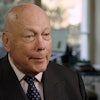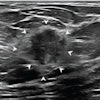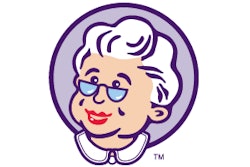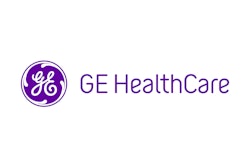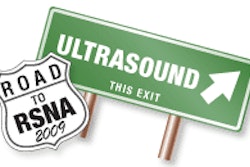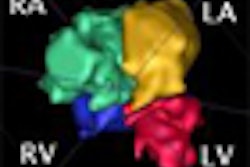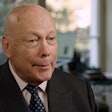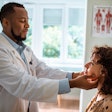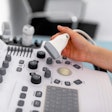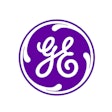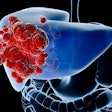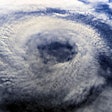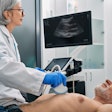Monday, November 30 | 3:50 p.m.-4:00 p.m. | SSE13-06 | Room S504CD
In this scientific session presentation, Dr. Barry Goldberg from Thomas Jefferson University in Philadelphia will discuss whether contrast-enhanced ultrasound can replace lymphoscintigraphy in determining whether melanoma has spread to the lymph nodes.In a study funded by a grant from the U.S. National Cancer Institute, the researchers examined 56 swine with 98 melanomas. The lymphoscintigraphy technique was performed after injection of technetium-99m, with peritumoral injections of blue dye around each melanoma. The dye-filled lymphatic channels were used to locate sentinel lymph nodes surgically.
For the lymphosonography technique, ultrasound was performed with a grayscale phase-inversion technique on a commercially available scanner (Sonoline Elegra, Siemens Healthcare, Malvern, PA) and a contrast agent not commercially available in the U.S. (Sonazoid, GE Healthcare, Chalfont St. Giles, U.K.).
From a total of 335 sentinel lymph nodes identified by blue dye-guided surgery, the researchers found that lymphosonography had an accuracy of 86% in detecting sentinel lymph nodes, compared with an accuracy of 64% with lymphoscintigraphy. Lymphosonography missed 44 sentinel lymph nodes, while lymphoscintigraphy missed 111.
Goldberg sees the study results as a positive sign that lymphosonography could replace lymphoscintigraphy as a less invasive tool for determining if cancer has spread to the lymphatic system. Another advantage of the ultrasound-based technique is that radiologists can visualize how much tumor is in the lymph node, which isn't possible with lymphoscintigraphy.
Clinicians using lymphosonography in the future would be able to stage breast cancer without doing an initial surgery, and if more radical surgery is needed, then the patient would be subjected to just one surgical procedure rather than two if lymphoscintigraphy is used.
One barrier to wider use of lymphosonography in the U.S. is the lack of availability of ultrasound contrast in the country, with only two agents on the market, both for cardiac imaging applications. Goldberg told AuntMinnie.com that he is involved in discussions with the U.S. Food and Drug Administration to educate the agency on the value of ultrasound contrast and help create the regulatory path to get more agents approved.
"There are a number of examples that if we could use contrast ultrasound, we could help patients and help them faster," he said.

